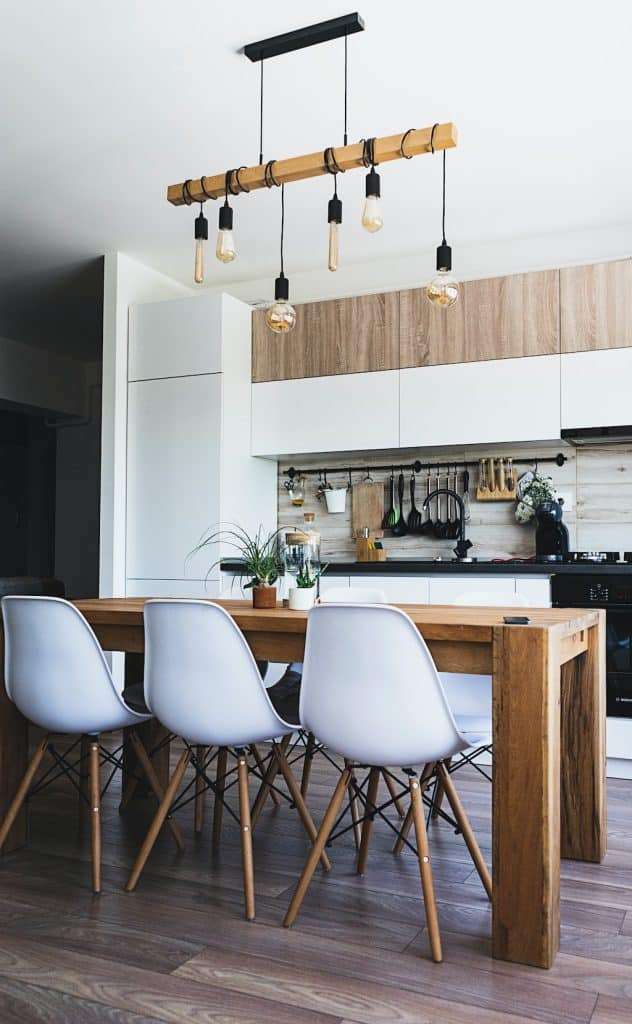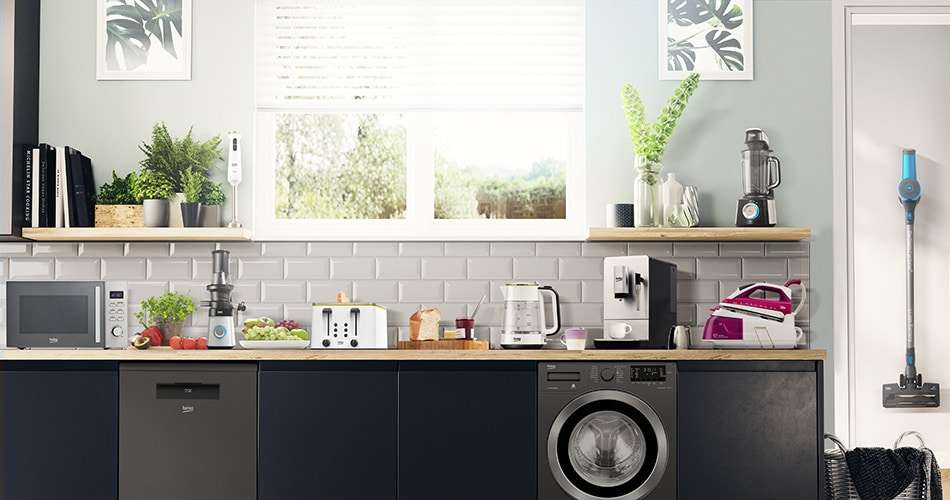Many household issues can impact your property’s sustainability, so it’s worth understanding what these issues are and how you can make positive, eco-friendly changes within your home.
You want your home to be a sustainable sanctuary, but achieving this is not just about repurposing clothes and remembering to switch the lights off when you leave the room.
No matter where you live, making positive changes to your household can make a significant difference to your impact on the environment.
There are many issues you’ll face in your home. Some are small home improvement projects, whereas others are more substantial renovations that consume time and energy. But, some of these home improvements can help the environment in the long run. Even the smallest eco-friendly efforts can help make your eco home goals a reality.
How to make your home more eco-friendly
Are these home issues increasing your carbon footprint?
Some issues are small, while others are substantial. And as with every sustainable journey, it can take some time but you’ll never make it there unless you know how ignoring household problems impacts sustainability. Here’s what to look out for.

1. Environmental damage
Many homes are responsible for environmental damage, even if you don’t realize it at the time. Your home could be producing excessive carbon emissions from wood stoves, while a leaking tap is an unnecessary waste. And, if left unchecked, your home could grow mold in damp areas, especially the basement or your bathroom, which can require energy-intensive remediation efforts.

2. Energy inefficiency
The past several years have seen an increase in energy-efficient products, such as lights or appliances, like washing machines and refrigerators. But, upgrading your current model can be a significant investment even though they are designed to last for at least five years, with many offering even longer warranties.
Furthermore, failing to upgrade these products means you use inefficient models that demand too much electricity to operate. The components do not work as well as they used to, or the filters are blocked by dust and debris, which overworks the system. This causes a substantial drain and consumes too much energy even when the appliance is on standby.

3. Overconsumption and waste
Humans consume too much yet also not enough when you consider how much food waste is produced each year — about 1.4 billion tons globally. This uncertain balancing act between two factors can detrimentally impact the environment and can stagnate sustainability efforts.
Such issues often occur because people aren’t aware of how to make the most of food waste or they do not understand why they don’t need to purchase as much. Composting, proper food storage, and meal prep can prevent food waste and help you maintain a healthier and less indulgent diet.

4. Size of your home
If you live in a big home, the impact of your home’s size on the environment is something to consider. While you may switch off the lights, this doesn’t mean everyone does. This isn’t to suggest you downsize and cram everyone into a single room, but encouraging others to be more mindful of how they consume energy, especially in a large household, can make a small but important difference in your quest for sustainable living. Consider checking your insulation. Keep the doors to infrequently used rooms closed to prevent warm or cool air from drifting there unnecessarily. And unplug unused electronic devices, especially in rooms not often used.

5. Home maintenance
Many homeowners recognize the benefits of solar panels and green rooftops and opt for them rather than relying on the grid. Similarly, a backyard vegetable patch allows you to grow your food, which can be beneficial even if you already strive to purchase local produce. It might seem like there is little you can do to improve your home maintenance approach to sustainability, but the solutions are there if you know where to look.
Related on Ethos:


